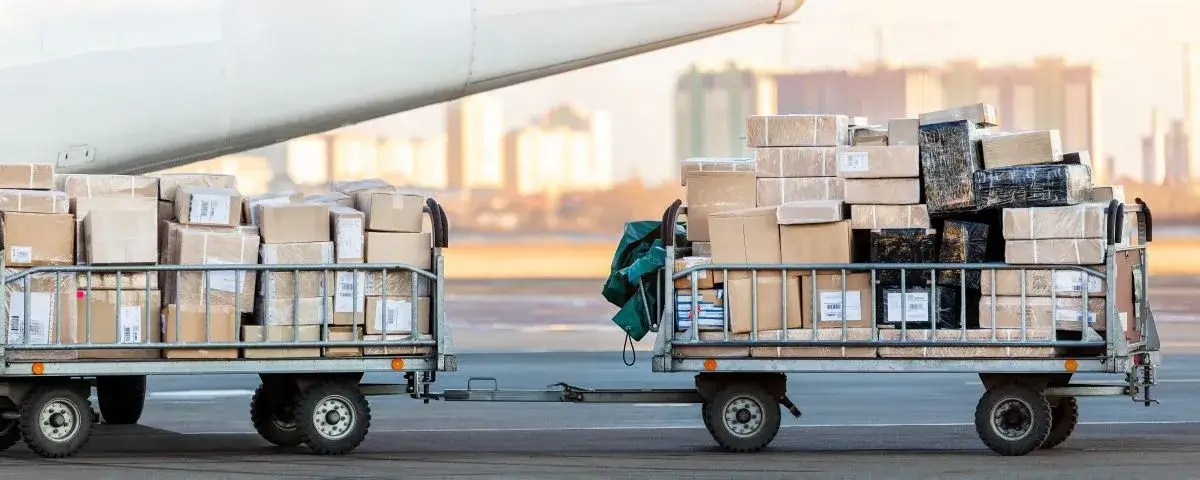The United States will suspend its longstanding de minimis exemption for low-value imports and impose new reciprocal tariff rates on a wide range of countries, including EU member states and the United Kingdom, under two executive orders signed by President Donald Trump this week.
The de minimis exemption, which currently allows packages valued under $800 to enter the U.S. duty-free and without detailed customs paperwork, will no longer apply to non-postal shipments from 29 August 2025. According to the White House, all such goods will face “all applicable duties, taxes, fees, exactions, and charges” and must be processed through full customs entry systems.
This change is expected to significantly affect international e-commerce and logistics flows, especially for companies exporting from Europe to U.S. consumers.
“Eliminating the $800 de minimis exemption, set to take effect on August 29, instantly reroutes more than 1.3 billion parcels a year from a fast-track postal channel into full customs entry queues,” said logistics expert Stephen Dyke, Principal Solutions Consultant Manager at FourKites. “Ports and express hubs face longer dwell times, and drayage carriers may see fewer small-parcel injections but more full-truck moves as freight consolidates upstream.”
Air cargo volumes have already felt the effects of earlier de minimis changes for China and Hong Kong. According to Reuters, shipments from Asia declined by over 10% after low-value Chinese goods lost their exemption in May.
The White House stated that such policies were enabling the evasion of tariffs and the smuggling of illicit goods, including synthetic opioids.
Find out more about the topic: Defeat or victory? EU agrees to 15% tariff deal with US
Revised tariff regime takes effect from 7 August
In a separate executive order issued on 31 July, Trump also reinstated and modified the U.S. reciprocal tariff programme. Starting 7 August, goods from most countries, including EU nations, will be subject to adjusted ad valorem tariffs based on their existing U.S. duty rate.
For the European Union, the executive order specifies that:
- Goods with a U.S. Column 1 duty rate under 15% will have their total tariff increased to 15%
- Goods already subject to a 15% or higher tariff will not face additional duties
The United Kingdom, meanwhile, is listed separately in Annex I and will face a uniform 10% tariff across all goods categories.
Learn more about this topic here: First post-tariff trade deal agreed between UK and US
Lars Jensen, CEO of Vespucci Maritime, noted in a LinkedIn post that the new tariffs apply from 7 August, but goods already loaded for shipment before that date will be exempt if they enter the U.S. by 5 October. He also warned that cargo deemed by U.S. Customs and Border Protection (CBP) to have been transshipped to evade duties may incur an additional 40% tariff.
These measures are justified under the U.S. International Emergency Economic Powers Act (IEEPA) and are part of a broader trade policy agenda framed as a response to “unusual and extraordinary threats” to the American economy and national security.
The White House cited ongoing trade deficits, drug trafficking risks, and non-reciprocal tariffs as key motivators.
In case you missed it: Is business worried about an EU–US trade war? The data tells the story
Impact on global supply chains
The end of the de minimis exemption is expected to prompt e-commerce sellers to consolidate shipments into full container loads, shifting volumes from air freight to ocean freight. Analysts expect a spike in trans-Pacific TEU demand as companies front-load U.S.-bound cargo ahead of the change.
“The end of the de minimis exemption has a far-reaching ripple effect,” said Dyke. “Capacity planning for ocean, air, and inland trucking will revolve around how fast shippers can consolidate inventory and how quickly CBP scales its processing lanes.”
The administrative burden is also expected to rise sharply. Customs brokers in the U.S. have called the move “the largest paperwork shock in a decade,” given the volume of informal entries that will now require formal classification.
Meanwhile, the revised tariff structure introduces uncertainty for European exporters, especially those whose products previously entered the U.S. under low tariff rates. The Harmonized Tariff Schedule of the United States (HTSUS) will be updated accordingly, with further modifications possible as trade negotiations continue.
Key dates:
- 7 August 2025: Reciprocal tariff changes take effect
- 29 August 2025: De minimis exemption suspended for non-postal shipments
- 5 October 2025: Final deadline for in-transit goods loaded before 7 August to enter under old tariff rules
Further reading: US tariffs shake ocean and air freight flows in Q2 2025









